Blockchain decentralization covers multiple facets, from technical infrastructure to operations and development to broader governance levels — with critical network decisions, such as resource allocation and upgrade implementation, made by the blockchain community through governance.
With this initiation of jurisdiction, Unique Network enters a new phase of decentralized governance.
Users can now directly participate in voting and decentralized decision-making thanks to the first governance rollout on the Quartz Blockchain. Unique Network's Governance Framework is inclusive and transparent, giving every user a voice in decision-making.
The following sections of this article will describe the governance in more detail and explain how users can participate.
Why do we need Governance?
Governance is an indispensable facet of blockchain networks and is essential for ensuring transparency, decentralization, and community involvement in running a blockchain network.
-
Transparency
-
Decentralization
-
Community participation
With governance in place, decision-making becomes transparent and accountable, ensuring stakeholders (i.e., developers, users, regulators, lenders, and service providers) are well informed. Most blockchains can achieve this through public forums, voting mechanisms, and other tools that allow everyone to participate in decision-making.
Governance decentralizes decision-making, ensuring power is distributed across the network rather than concentrated in a select few hands. This prevents any single entity from having too much control over the blockchain and helps to ensure it remains fair and equitable for everyone.
Perhaps most crucially, governance fosters an inclusive ecosystem by actively engaging the community in the intricate workings of the blockchain, promoting collaboration and collective ownership. Stakeholders have a say toward the network and ensure it’s developed and maintained in a manner beneficial to them.
Governance helps ensure networks remain faithful to the core values of blockchain. It provides the vital framework that sustains blockchain networks and empowers their participants.
Who are the primary actors in our Governance?
The main actors in governance within this context consist of three key entities: The Council, The Technical Committee, and the Fellowship. Each plays a distinct role in the decision-making and operational maintenance of the network.
-
The Council
-
The Technical Committee
-
The Fellowship
Serve as a pivotal element in the governance structure. Its primary responsibilities are to submit a privileged proposal with negative turnout bias and the election of the technical committee. The Council's main function is to propose updates to the network through privileged proposals to ensure that the network is stable at this stage. However, the community has the ability to stop any update by vote
It falls under the purview of the designated executive authority to ensure the smooth functioning and upkeep of network operations. Its functions are multifaceted, including safeguarding against malicious referendums, expediting particular referendums, managing maintenance mode activation or deactivation, appointing registrars, and issuing identification.
Additionally, the technical committee has the authority to intervene and halt proposals potentially detrimental to the network's integrity, reinforcing its crucial role in maintaining its functionality and security.
It represents a collegial body publicly acknowledged through referendums and appointments from the Council and serves as an executive authority. While the provided information does not delve into specific duties, it implies the Fellowship is influential within the governance structure, likely involving participation in decision-making processes and contributing to the network's overall direction.
In summary, these main actors – The Council, The Technical Committee, and the Fellowship – collectively form the governance framework for Unique, with each entity having distinct responsibilities to ensure the network's stability, security, and responsible decision-making.
How does Governance on our blockchain(s) work?
Fellowship members and Council members can submit proposals. The proposal immediately goes to the queue and at a certain point, the voting will start automatically.
It's important to note the queue can only hold one submission at a time. The Technical Committee has the authority to expedite any urgent recommendations in this queue, allowing them to be voted on concurrently with other referenda. The Council can also introduce proposals into this queue.
Voting on both Fellowship and Council proposals occurs alternately, as indicated by "on" and "off" toggles. For example, a Public proposal is voted on alongside a fast-tracked Council proposal, while standard Council proposals await their turn for voting. All referenda use an adaptive quorum biasing system for enactment and have a specific enactment period after approval. Token holders also have the option to delegate their votes, along with a multiplier, to a trusted account.
To illustrate, let's consider the steps involved in upgrading the blockchain.
Upgrading the Blockchain
The blockchain upgrade process involves various steps:
- The Council initiates an internal vote for a new blockchain upgrade.
- If the Council approves the upgrade, it proceeds to an external queue for a Council Referendum, where there is a general vote. This vote has a negative turnout bias, meaning the proposal will pass by default unless an absolute majority votes against it.
- The Technical Committee has the authority to fast-track this referendum.
- The update advances if the community approves the upgrade through the referendum.
Where to learn more about Governance 1.0?
This resource is an excellent starting point for understanding decentralized decision-making. It offers detailed information, examples, and insights into how governance functions within Polkadot’s ecosystem.




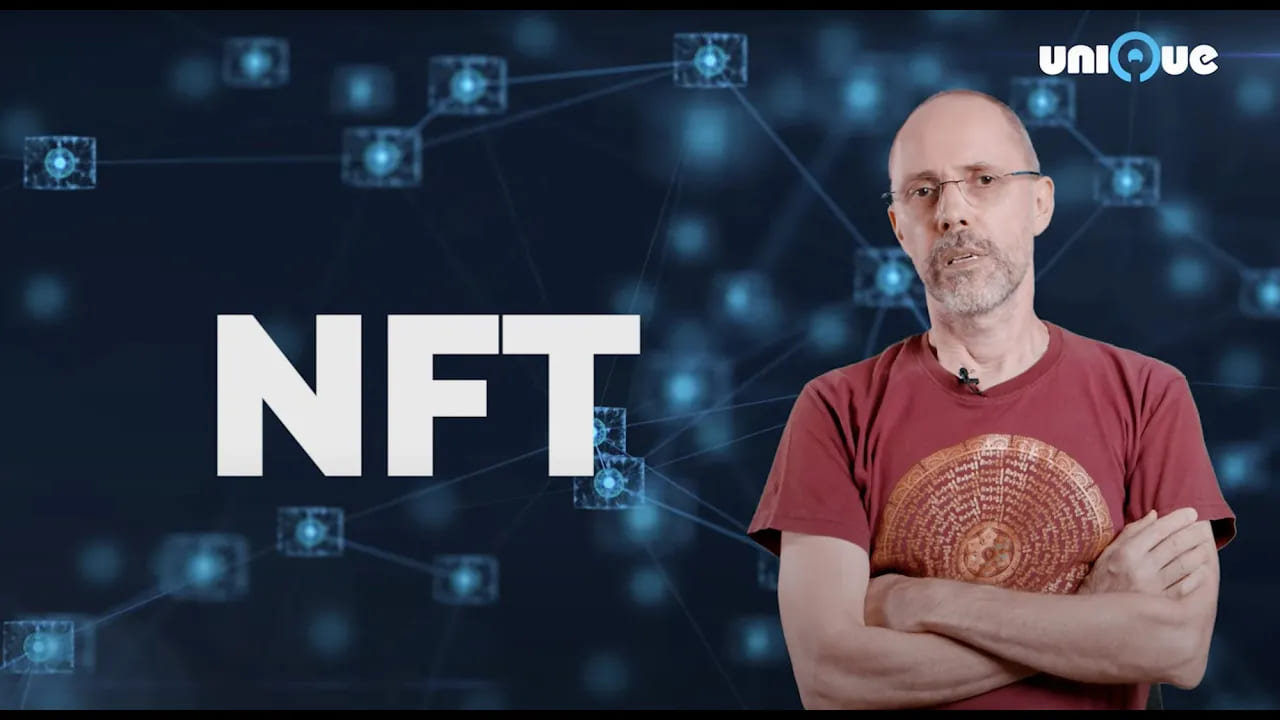
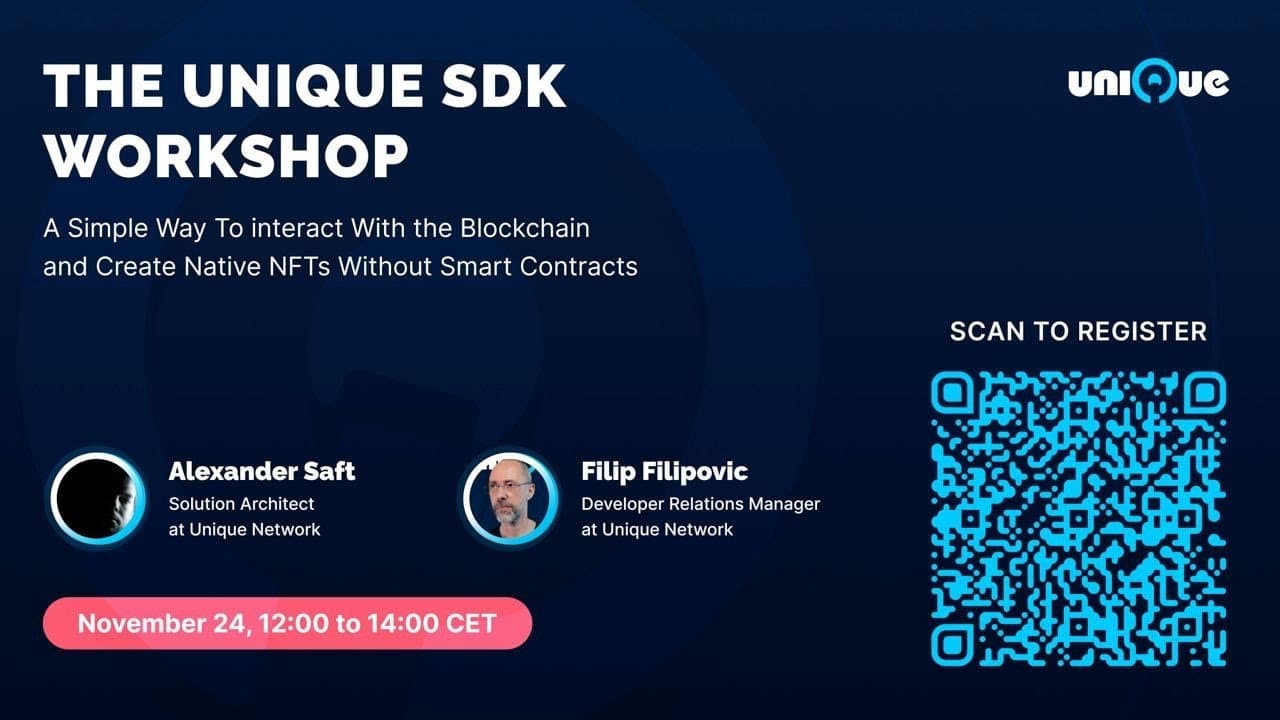

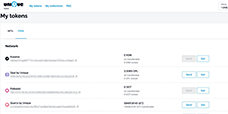



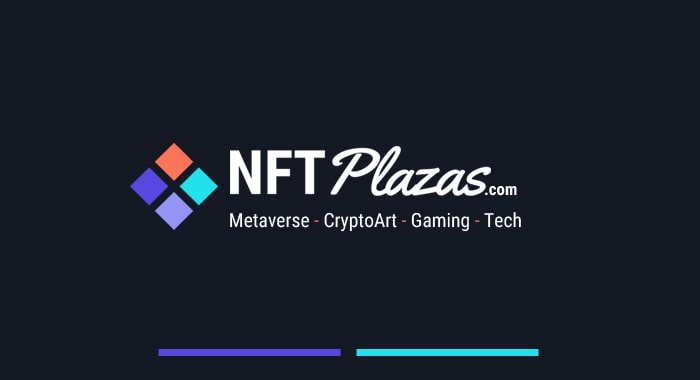
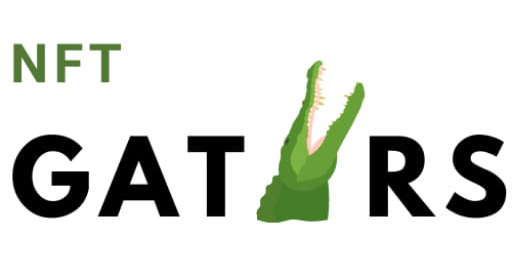
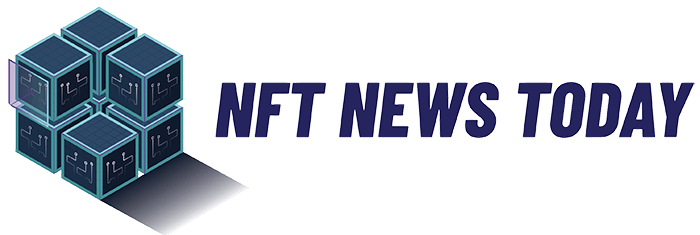
 by
Unique Network
by
Unique Network